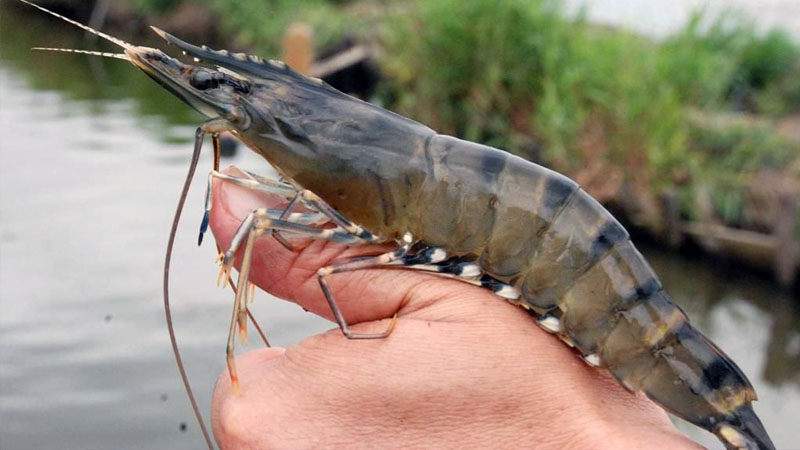Exclusive content

In a recent study, researchers delved into the potential benefits of partially substituting fish meal with soybean products and chicken meal in the diet of Penaeus monodon (P. monodon), commonly known as black tiger shrimp. The study aimed to assess the impact on growth performance, antioxidant capacity, and intestinal microbiota of these shrimps.
Experimental Setup
A total of 450 healthy and consistent shrimp specimens were used for the experiment. These were randomly divided into five groups, each with three replicates and 30 shrimp per replicate. The key variable in this study was the proportion of fish meal replaced by soybean products and chicken meal in the shrimp feed. The five feed groups were as follows:
- FM – 0% substitution of fish meal
- 40SC – 40% substitution
- 60SC – 60% substitution
- 80SC – 80% substitution
- 100SC – 100% substitution
The experiment spanned a duration of 8 weeks.
Growth Performance
The results revealed interesting findings concerning the growth performance of the shrimp groups. In comparison to the FM group, the 40SC and 60SC groups experienced a decrease in both Weight Gain (WG) and Survival Rate (SR), although this decline was not statistically significant (p > 0.05). Conversely, the Feed Conversion Ratio (FCR) in the 100SC group showed a significant increase (p < 0.05) when compared to the FM group. However, no significant differences in FCR were observed among the FM, 40SC, 60SC, and 80SC groups (p > 0.05).
Antioxidant Capacity
The study also examined the antioxidant capacity of the shrimp groups. In contrast to the FM group, the Antioxidant Capacity Peroxidase (ACP) significantly increased (p < 0.05) in the 80SC and 100SC groups, while the 40SC and 60SC groups displayed no significant differences (p > 0.05). Additionally, the Alkaline Phosphatase (AKP) in the 100SC group was significantly higher than that in the FM group (p < 0.05), with no significant variations observed among the other groups (p > 0.05). Notably, there were no significant differences in Total Antioxidant Capacity (T-AOC) and Total Superoxide Dismutase (T-SOD) across all treatment groups (p > 0.05).
Intestinal Microbiota
Next-generation sequencing of the intestinal microbiota provided insights into the composition of the shrimp’s gut flora. Among the five groups, Proteobacteria stood out as the most abundant phylum, with proportions of 37.67%, 66%, 40%, 40%, and 43.33%, respectively. When compared to the FM group, the Fusobacteriota in the other four groups exhibited a significant decrease (p < 0.05). Importantly, the functional prediction of FAPROTAX indicated that no harmful functional components were observed in any of the groups.
Conclusion
Considering the combined effects on growth performance, antioxidant capacity, and intestinal microbiota, this experiment suggests that it is feasible to replace 60% of fish meal with soybean products and chicken meal in the diet of P. monodon. This information can be invaluable for shrimp farmers and feed manufacturers seeking to optimize feed formulations and improve the sustainability of shrimp farming practices.